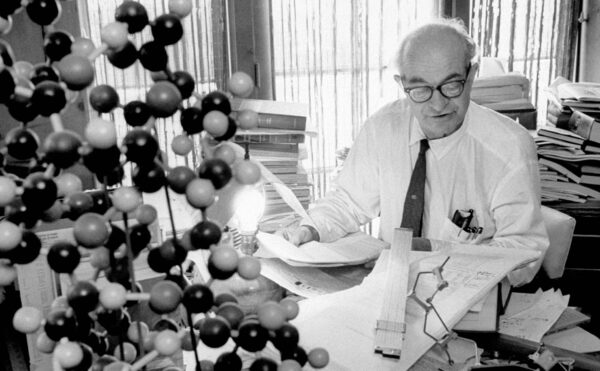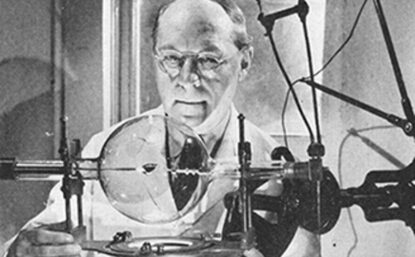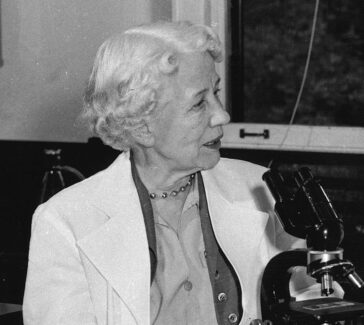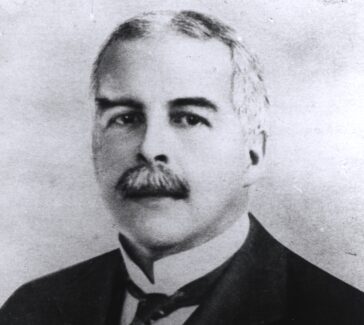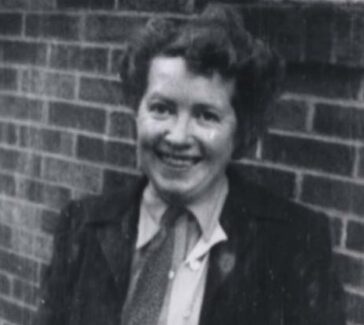Albert Szent-Györgyi
After isolating the antibrowning agent in citrus juice, Szent-Györgyi and his colleague Walter Haworth were able to synthesize what they called hexuronic acid—today known as ascorbic acid, or vitamin C.
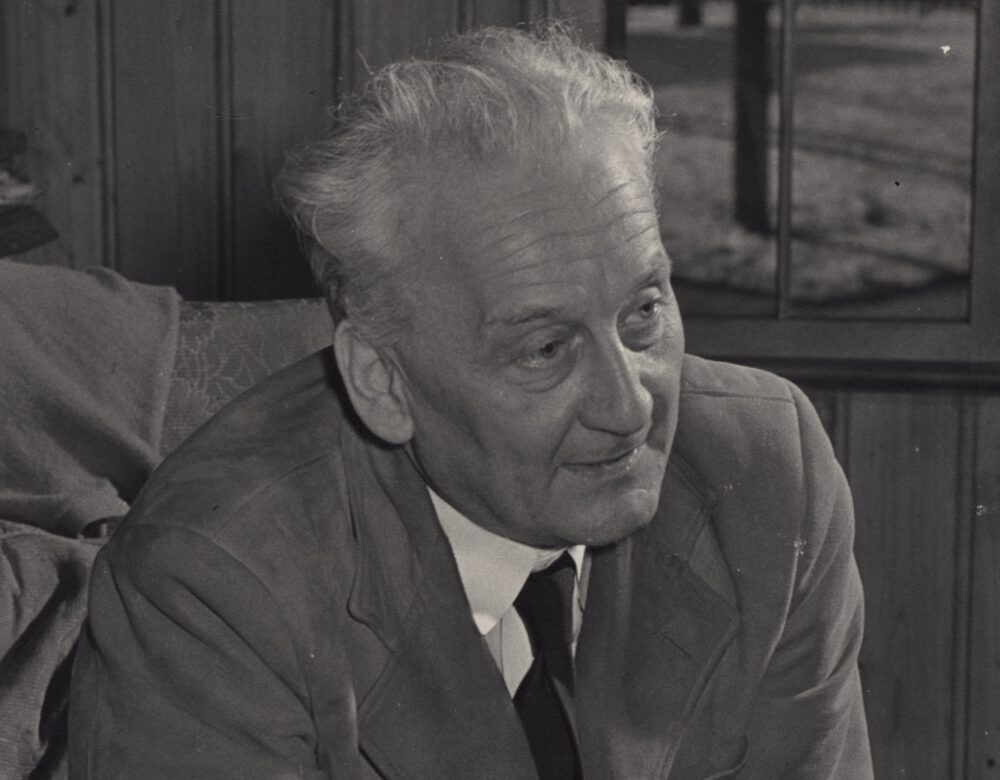
Although Albert Szent-Györgyi isolated vitamin C in 1928, oddly enough his main scientific interest was not vitamins but the chemistry of cellular metabolism. He received the 1937 Nobel Prize in Physiology or Medicine for his work in these areas.
Scurvy: Scourge of the Sea
By the mid-18th century scurvy had debilitated hundreds of thousands of British sailors and others whose diet was heavily dependent on meat and starch and devoid of fresh vegetables and citrus fruits. The first step in eradicating this disease came in 1757, when James Lind, a Scottish physician, wrote an essay recommending mandatory consumption of citrus fruits and lemon juice by sailors in the British Navy.
During his years as a British naval surgeon, Lind had observed the curative and preventive powers of citrus fruits in sailors suffering from scurvy. But it would be more than a century before scientists would understand exactly why citrus fruits were so effective in combating the deadly disease.
In 1907 Axel Holst and Alfred Fröhlich, two Norwegians, posited the existence of vitamin C on the basis of its biological effects, and an international competition ensued to isolate the vitamin. In 1928 Albert Szent-Györgyi (1893–1986) isolated a substance that was identified four years later as vitamin C. The subsequent work of Szent-Györgyi and other investigators finally explained the link between vitamin C and the treatment and prevention of scurvy.
Early Life
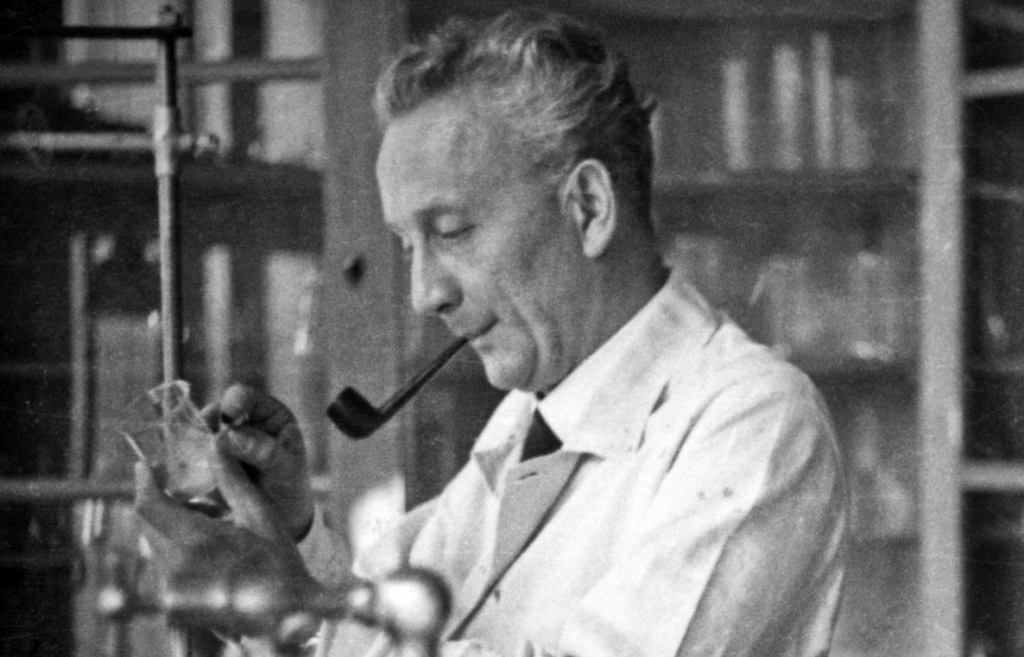
Born into a Hungarian family that included three generations of scientists, Szent-Györgyi was inclined toward science from an early age. He enrolled in the university in Budapest in 1911 to study medicine, but his education was interrupted by the outbreak of World War I.
Fervently antiwar throughout his life, Szent-Györgyi wounded himself in order to escape combat service after a short time in the army and returned to the university in 1917. Reflecting on the experience, he reportedly said, “I was overcome with such a mad desire to return to science that one day I grabbed my revolver and in my despair put a shot through my upper arm.”
Discovery of “Hexuronic Acid”
Szent-Györgyi received his medical degree the year he returned to Budapest and went on to study at various other European universities. He was interested in cell respiration and the production of energy, and during this time he investigated the “browning” process in plants—where some plants turn brown upon withering. Szent-Györgyi discovered that browning occurs when damaged mechanisms at the cellular level cannot supply enough hydrogen to prevent oxidation, which causes the browning. He then turned his attention to plants that do not brown.
While carrying out a series of experiments on citrus plants, he found that he could induce browning with peroxidase—a plant enzyme active in oxidation—and then delay that browning with the addition of citrus juice to the peroxidase. Szent-Györgyi isolated the agent in the citrus juice responsible for countering browning, naming it “hexuronic acid,” and published his findings in 1928.
For two years Szent-Györgyi searched for an ample source of hexuronic acid, which he suspected to be the vitamin C posited by Holst and Fröhlich, in order to continue his experiments. He spent time at Cambridge University and then at the Mayo Foundation in Minnesota, all the while researching his discovery. In 1930 he returned to Hungary and took up a position as professor of medicinal chemistry at the University of Szeged. There he showed his sample of hexuronic acid to J. L. Svirbely, an American-born chemist of Hungarian descent who had previously worked with Charles G. King, a vitamin researcher at the University of Pittsburgh.
Svirbely performed an experiment on guinea pigs, which like humans are unable to produce their own vitamin C. He fed half the guinea pigs with boiled food—boiling already being known to destroy vitamin C—and half with food enriched with hexuronic acid. While the one group developed scurvylike symptoms and died, the other group flourished. It was clear to Szent-Györgyi and Svirbely that hexuronic acid was indeed vitamin C. Meanwhile, through a still-disputed series of events and communications, King came to the same conclusion and published an announcement in Science magazine on April 1, 1932, two weeks before Szent-Györgyi’s note appeared in Nature.
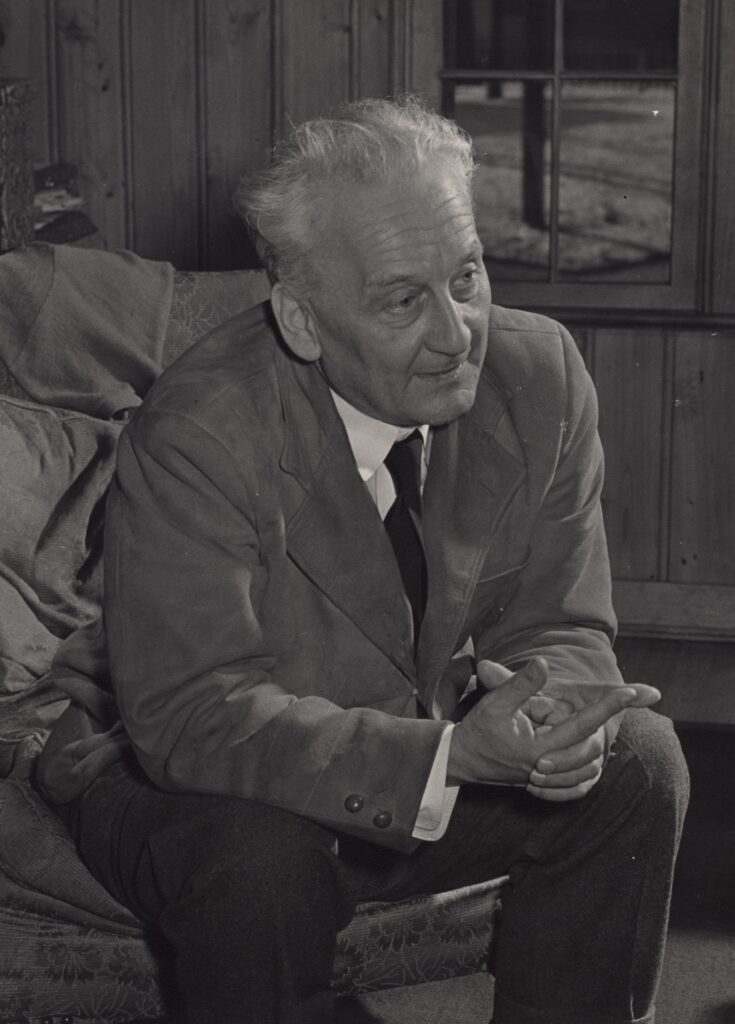
Paprika! Synthesis of Vitamin C
After renaming hexuronic acid “ascorbic acid” to reflect its antiscurvy properties, Szent-Györgyi began to search for abundant natural sources of the acid. Szeged was then and is now a major center of paprika cultivation, and—according to one version of the legend—to avoid eating the fresh paprikas that his wife had served as a side dish, Szent-Györgyi hurriedly left the dinner table and ran to his laboratory to test the paprikas for ascorbic acid content.
Eureka!
With an ample source of ascorbic acid identified, work continued on vitamin C, and within two years its structure was known and it was being synthesized in the laboratory by Szent-Györgyi’s collaborator, Walter Haworth, at the University of Birmingham in England. Moreover, its therapeutic effects—one of which was the prevention of scurvy—were under extensive investigation.
Nobel Prize and Studies of Muscle Contraction
In 1937 Szent-Györgyi received the Nobel Prize in Physiology or Medicine for his discoveries concerning biological combustion, including the role of vitamin C in the process. His collaborator Haworth shared the prize in chemistry that same year for his structural determination of vitamin C and his carbohydrate researches.
Szent-Györgyi went on to study muscle contraction; he identified actin and myosin, the proteins responsible for the physiological process of contraction. He later carried out further studies of citrus fruits, identifying vitamin P (a complex compound of flavonoids) and postulating its use in strengthening capillaries. A deficiency disease linked to the lack of vitamin P, however, has never been identified.
Cancer Research and Antiwar Activism
Szent-Györgyi was twice married, once in 1917 and again in 1941. He and his second wife, with whom he had one daughter, moved to the United States in 1947. They settled in Woods Hole, Massachusetts, and Szent-Györgyi ran an institute for muscle research. He became a passionate advocate of government-sponsored cancer research after losing two close family members to the disease and spent much of his later professional life studying cancer at the cellular level at Woods Hole and for the National Foundation for Cancer Research. An outspoken opponent of military spending, nuclear weapons, and war in general, Szent-Györgyi was pessimistic about the state of modern life and expressed his sociopolitical views in his 1970 book, The Crazy Ape.

